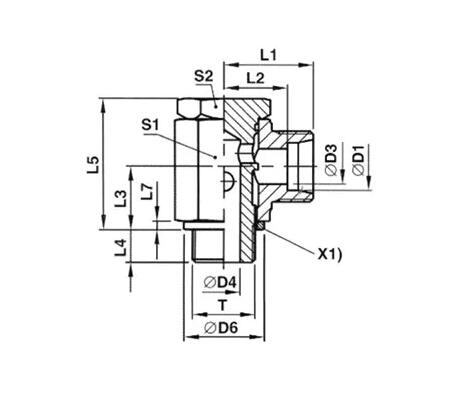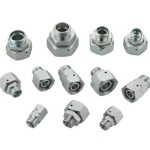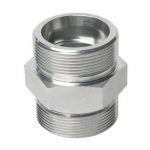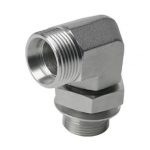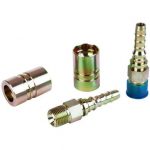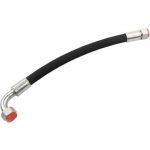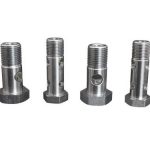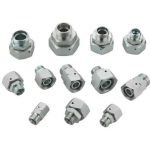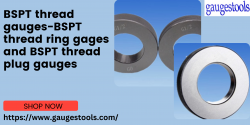Bsp Thread Fittings Suppliers Introduces The Use Characteristics Of Ball Valves
Ball valves use spherical devices to provide on/off control of flow. They consist of a port or hole drilled through the center of the sphere and positioned to allow fluid to continue through the pipe when the valve is open or to close the fluid when it is closed. The valve control includes a quarter turn or snap-action actuator, and only a 90º position change is required from the open position to the closed position. The characteristics of ball valves Although ball valves are mainly quick-acting, they use simple lever actuators, and some use planetary gears to operate very large valves. Bsp Thread Fittings Suppliers introduces that ball valves can also include rotary check actuators so that they can be used as check valves.
The hydraulic valve information indicates an additional three-way configuration, “used to supply fluid from a single source to one component or another in a two-component system.” The main features common to all hydraulic ball valves include: simple structure and quick action Allows active disassembly and replacement of the sealing ring to reduce media erosion (closed valves are isolated from the media) Wipe function (required when using media with suspended solids) Low fluid resistance Maximum pressure up to 15,000 psi (1000 bar) rectangular parallelepiped or cube-shaped valve body Types of ball valves Although ball valve pipe fittings have these common characteristics, the type classification of hydraulic ball valves can be based on the valve body style,
Including: single-piece split top inlet welding In addition to these valve body style differences, the classification type of ball valve pipe fittings also includes: all ports. Although larger than other types, the full-bore valve reduces friction loss by using an oversized ball to match the pipe size. Standard port. The smaller, cheaper standard port valve is one pipe size smaller than the pipe size and slightly restricts flow. Reduce ports. Similar to standard port valves, the port size of these valves is further reduced to provide additional flow restriction.
